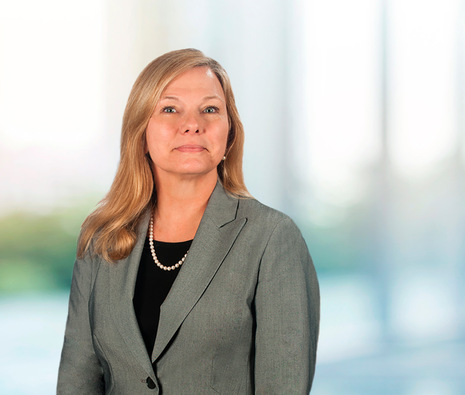South Carolina Judgments; No Exception to Strict Interpretation of 10 Year Limitation
S.C. Code §15-39-30 provides, in part:
Executions may issue on final judgments or decrees
at any time within 10 years from the date of the
original entry thereof and shall have active energy
during such period, without any renewal or
renewals thereof… (emphasis added)
For decades, South Carolina strictly adhered to the language of this statute, consistently finding a creditor has ten years from the date a judgment is entered in order to execute upon it. Then, in 2010, the court carved out what it believed to be a narrow exception to the statutory language.[i] In Linda Mc, the judgment debtor confessed judgment on June 2, 1995. After a portion of the judgment was paid, the judgment creditor filed supplemental proceedings nine years following entry of the judgment, arguing the debtor had assets subject to execution. The referee issued a report in favor of the judgment creditor and the circuit court issued an order of execution on June 3, 2005 - one day following the expiration of the 10 year period. Despite the time, the court held the judgment still had “active energy,” reasoning when a party has complied with the applicable statutes and made appropriate efforts to execute and is only awaiting an order for execution and levy, the 10 year statutory limitation is extended until such time as the court issues its order. Recently, however, the court returned to strict statutory interpretation and overruled Linda Mc. Gordon v. Lancaster, 2018 WL 6072352 (November 21, 2018).[ii]
In Gordon, following the death of the original judgment debtor, a partial settlement, a confession of judgment and an assignment, the judgment creditor filed this action seeking to set aside allegedly fraudulent conveyances to Lancaster. During the original trial of the matter, Lancaster argued more than 10 years had elapsed since the date the judgment was entered, therefore, the judgment’s “active energy” had expired, making it unenforceable. The circuit court disagreed, ruling in favor of Gordon. Lancaster appealed and the court of appeals, relying on Linda Mc, affirmed. The case was before the court on certiorari, addressing the narrow issue of whether a creditor may execute on a judgment more than 10 years after its entry when that time period expired during the course of litigation.
Recognizing there were compelling facts at issue in Linda Mc, the court in Gordon nevertheless acknowledged it was a departure from the historic approach to §15-39-30. Moreover, while the Linda Mc court attempted to establish a particular exception to the statutory time limit of a judgment based upon equitable principles, this court concluded the proper approach is to leave such policy issues of the time limitation to the General Assembly. Employing strict statutory construction, the court overruled Linda Mc, prospectively, and returned to the traditional bright-line rule that a judgment expires after 10 years from its entry, without exception or extension.
Click the above link to subscribe to
Nexsen Pruet's TIPS Alert.
Cheryl D. Shoun is a trial attorney and certified mediator whose experience includes construction law, insurance defense, personal injury defense, employment litigation and medical malpractice. As a frequent writer, she serves as editor for Nexsen Pruet's TIPS: Torts, Insurance and Products Blog.
About Maynard Nexsen
Maynard Nexsen is a full-service law firm with more than 550 attorneys in 24 offices from coast to coast across the United States. Maynard Nexsen formed in 2023 when two successful, client-centered firms combined to form a powerful national team. Maynard Nexsen’s list of clients spans a wide range of industry sectors and includes both public and private companies.
Related Capabilities








